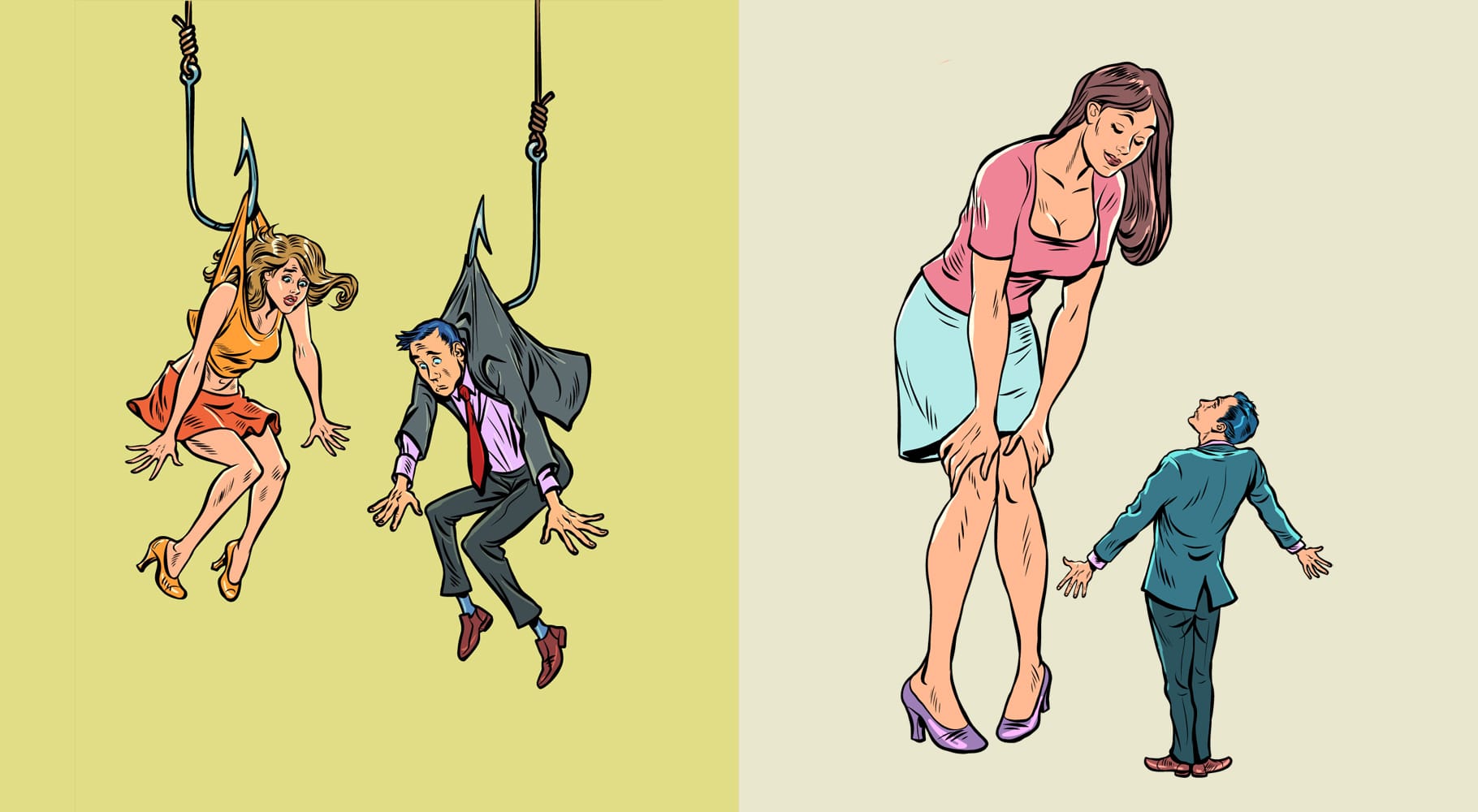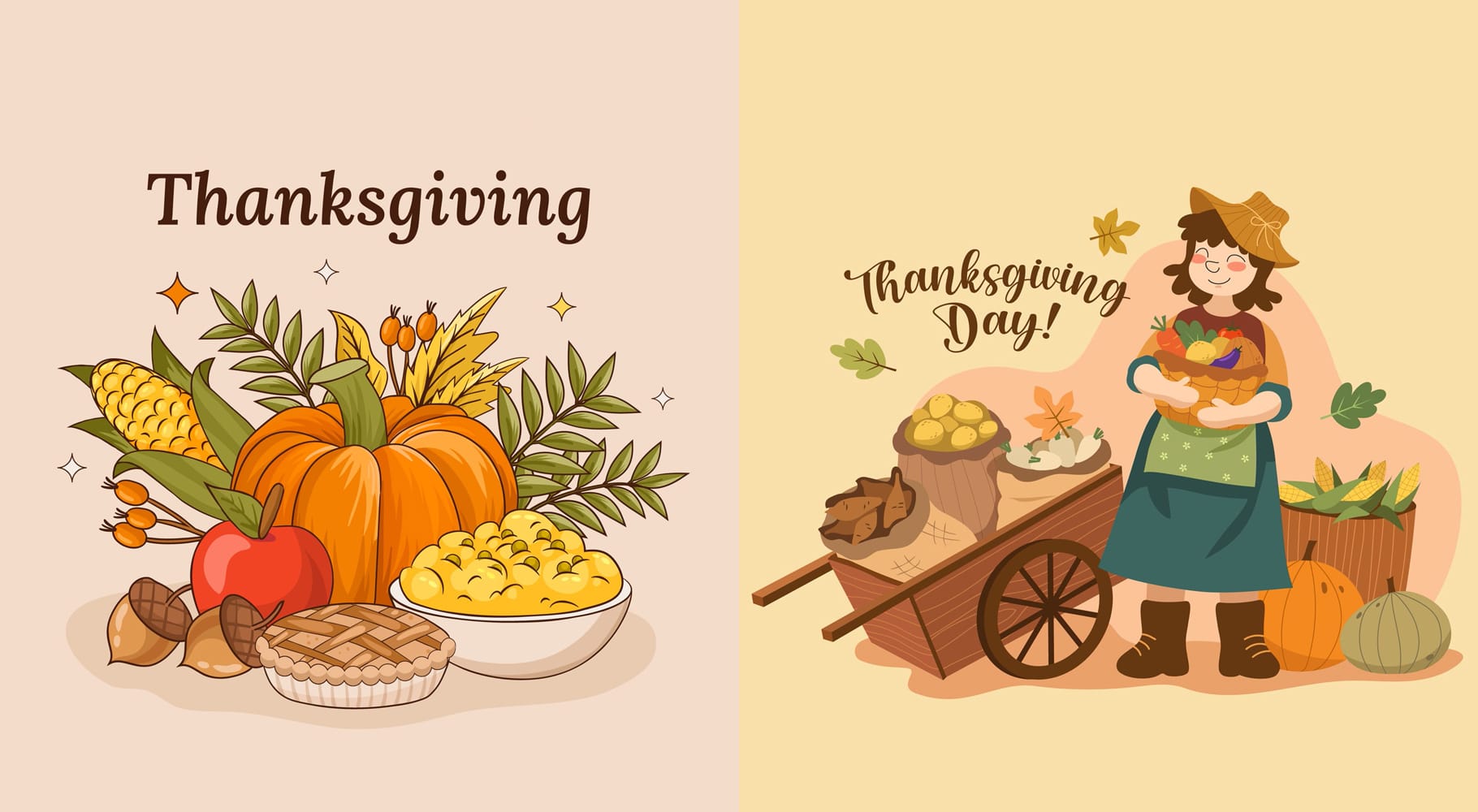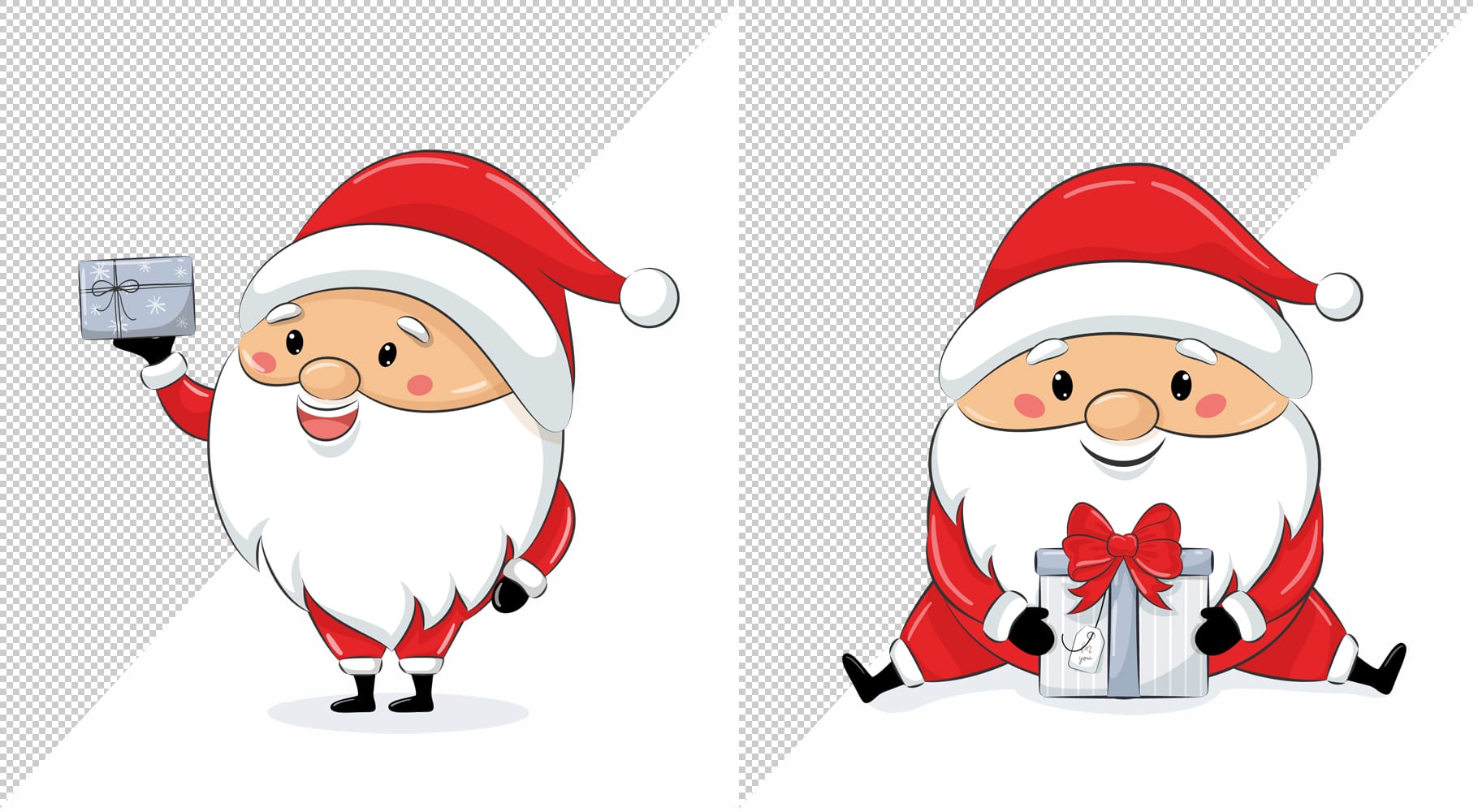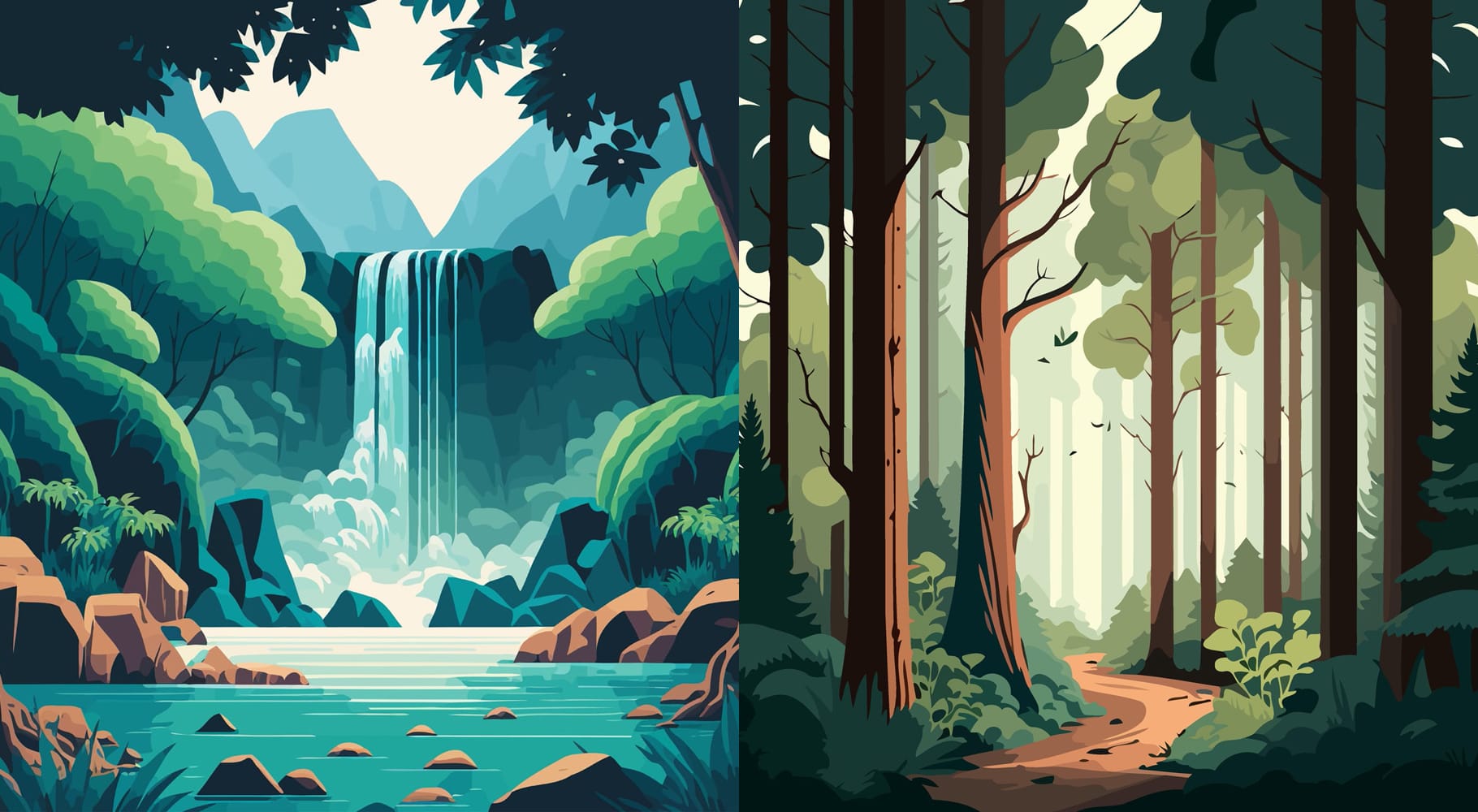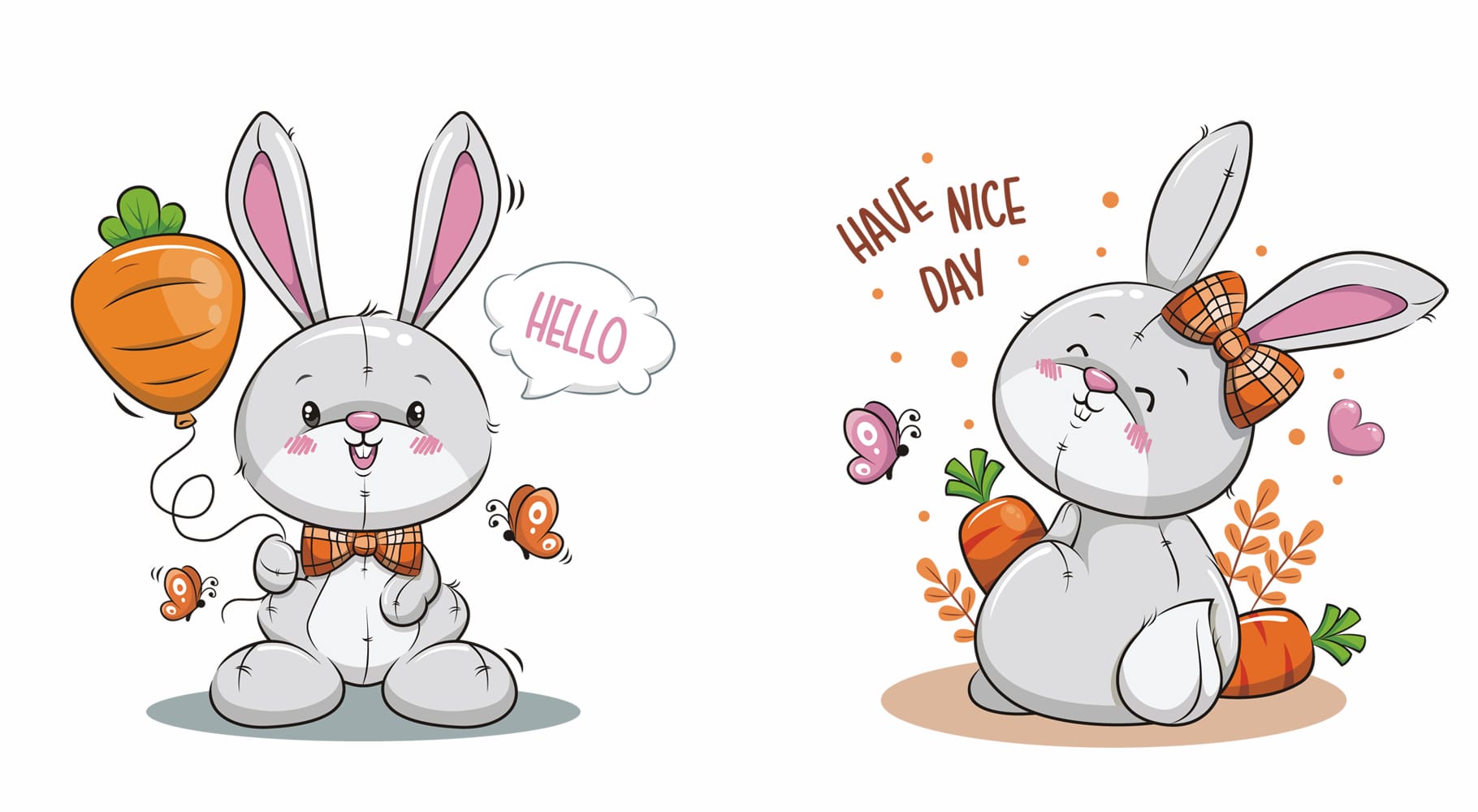Free Clipart
- home /
- Free Clipart
Popular Categories
Free ClipartExpert Comments
 Clipart Drawing Techniques
(1) Understanding Clipart: Clipart refers to pre-made images, illustrations, or symbols that can be used in various projects, such as graphic design, websites, and presentations. These images are typically simple, clean, and easily recognizable, making them ideal for conveying messages and ideas effectively.
(2) Choosing the Right Software: To create clipart, use a vector-based graphic design software like Adobe Illustrator, CorelDRAW, or Inkscape. Vector graphics are scalable without losing quality, ensuring that your clipart will look sharp at any size.
(3) Familiarizing Yourself with Tools: Get comfortable with the basic tools, such as the pen, pencil, brush, and shape tools, to create and modify shapes, lines, and curves. Additionally, learn how to use the color picker, gradient tool, and layers panel for better control over your artwork.
(4) Keeping It Simple: Clipart is known for its simplicity and ease of use. Focus on creating clear, concise images without too many details, which can make them difficult to understand or scale effectively.
(5) Using Basic Shapes: Start with basic shapes like circles, rectangles, and triangles to form the foundation of your clipart. These shapes can be combined and manipulated to create more complex designs.
(6) Utilizing Geometric Principles: Incorporate geometric principles, such as symmetry, balance, and proportion, to create visually appealing and harmonious clipart.
(7) Mastering Line Art: Line art is a crucial aspect of clipart design. Focus on creating clean, smooth lines with varying thickness to add depth and interest to your illustrations.
(8) Experimenting with Colors: Use color to enhance your clipart and make it more engaging. Choose a limited color palette and experiment with different combinations to find what works best for your design.
(9) Adding Text: Incorporate text into your clipart if needed. Select legible, simple fonts that complement your design and ensure the text is easily readable at any size.
(10) Creating Consistency: To make a cohesive clipart collection, maintain consistency in style, color, and design elements across all images.
(11) Organizing Your Clipart: Organize your clipart into categories based on themes or subjects, making it easier to find and use the appropriate images for your projects.
(12) Saving in the Right Format: Save your clipart as vector files, such as SVG, AI, or EPS, to ensure they remain scalable and maintain quality. Additionally, save them in common raster formats like PNG or JPEG for easy sharing and use in non-vector applications.
(13) Understanding Copyright: Be aware of copyright laws and restrictions when using or creating clipart. Always credit the original artist if using someone else's work, and avoid using copyrighted material without permission.
(14) Sharing Your Clipart: Share your clipart with others by uploading them to online repositories, such as Openclipart or Wikimedia Commons, where they can be accessed and used by the public.
(15) Continuously Improving: Practice regularly and seek feedback from others to refine your clipart drawing techniques. Stay updated with new trends and technologies in graphic design to keep your skills sharp and your clipart relevant.
In conclusion, clipart is a versatile and time-saving tool for creating visuals in various projects. By understanding the different types of clipart, sourcing and editing them, and adhering to legal requirements, you can create engaging, customized designs that effectively convey your message.
Clipart Drawing Techniques
(1) Understanding Clipart: Clipart refers to pre-made images, illustrations, or symbols that can be used in various projects, such as graphic design, websites, and presentations. These images are typically simple, clean, and easily recognizable, making them ideal for conveying messages and ideas effectively.
(2) Choosing the Right Software: To create clipart, use a vector-based graphic design software like Adobe Illustrator, CorelDRAW, or Inkscape. Vector graphics are scalable without losing quality, ensuring that your clipart will look sharp at any size.
(3) Familiarizing Yourself with Tools: Get comfortable with the basic tools, such as the pen, pencil, brush, and shape tools, to create and modify shapes, lines, and curves. Additionally, learn how to use the color picker, gradient tool, and layers panel for better control over your artwork.
(4) Keeping It Simple: Clipart is known for its simplicity and ease of use. Focus on creating clear, concise images without too many details, which can make them difficult to understand or scale effectively.
(5) Using Basic Shapes: Start with basic shapes like circles, rectangles, and triangles to form the foundation of your clipart. These shapes can be combined and manipulated to create more complex designs.
(6) Utilizing Geometric Principles: Incorporate geometric principles, such as symmetry, balance, and proportion, to create visually appealing and harmonious clipart.
(7) Mastering Line Art: Line art is a crucial aspect of clipart design. Focus on creating clean, smooth lines with varying thickness to add depth and interest to your illustrations.
(8) Experimenting with Colors: Use color to enhance your clipart and make it more engaging. Choose a limited color palette and experiment with different combinations to find what works best for your design.
(9) Adding Text: Incorporate text into your clipart if needed. Select legible, simple fonts that complement your design and ensure the text is easily readable at any size.
(10) Creating Consistency: To make a cohesive clipart collection, maintain consistency in style, color, and design elements across all images.
(11) Organizing Your Clipart: Organize your clipart into categories based on themes or subjects, making it easier to find and use the appropriate images for your projects.
(12) Saving in the Right Format: Save your clipart as vector files, such as SVG, AI, or EPS, to ensure they remain scalable and maintain quality. Additionally, save them in common raster formats like PNG or JPEG for easy sharing and use in non-vector applications.
(13) Understanding Copyright: Be aware of copyright laws and restrictions when using or creating clipart. Always credit the original artist if using someone else's work, and avoid using copyrighted material without permission.
(14) Sharing Your Clipart: Share your clipart with others by uploading them to online repositories, such as Openclipart or Wikimedia Commons, where they can be accessed and used by the public.
(15) Continuously Improving: Practice regularly and seek feedback from others to refine your clipart drawing techniques. Stay updated with new trends and technologies in graphic design to keep your skills sharp and your clipart relevant.
In conclusion, clipart is a versatile and time-saving tool for creating visuals in various projects. By understanding the different types of clipart, sourcing and editing them, and adhering to legal requirements, you can create engaging, customized designs that effectively convey your message.
